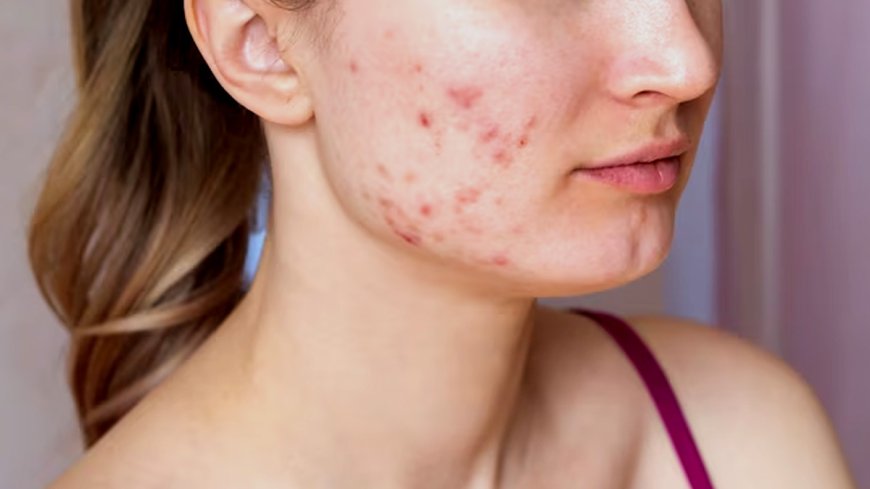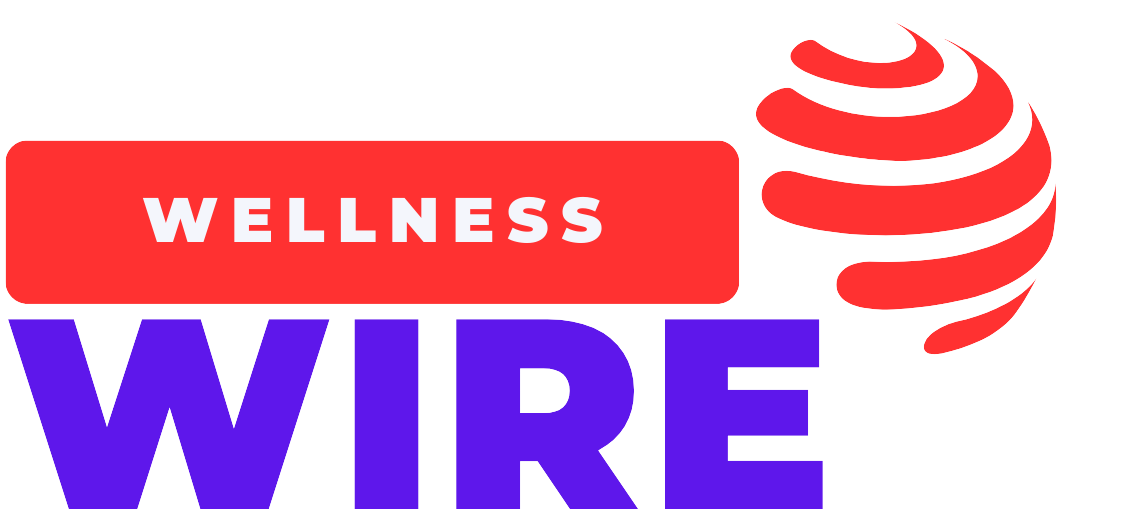Hormonal Acne vs. Stress Acne: How to Spot the Difference and Heal Your Skin Naturally
Learn how to tell hormonal acne from stress-induced breakouts and explore expert-backed natural treatments for each. Find holistic skincare tips rooted in science and self-care.

Hormonal Acne vs. Stress Acne: How to Spot the Difference and Heal Your Skin Naturally
Acne is no longer just a teenage problem. For many adults—especially women—acne is a persistent, frustrating skin condition that seems to flare up unpredictably. But here’s what most people don’t realize: not all acne is created equal.
Two of the most common triggers are hormonal fluctuations and chronic stress. Understanding the difference between hormonal acne and stress acne is key to treating them effectively—and naturally.
In this article, we break down the science, signs, and natural solutions for both types, so you can finally address the root of your breakouts and restore your skin’s balance.
What Is Hormonal Acne?
Hormonal acne is caused by fluctuations in hormones such as androgens, estrogen, and progesterone. These hormonal shifts can lead to increased oil production (sebum), clogged pores, and inflammation.
It’s most common in:
-
Teenagers during puberty
-
Women around their menstrual cycle, pregnancy, or menopause
-
People with PCOS (Polycystic Ovary Syndrome) or other endocrine disorders
Key Signs of Hormonal Acne:
-
Appears around the jawline, chin, and neck
-
Tends to show up in cyclical patterns (especially before your period)
-
Includes painful, cystic pimples under the skin
-
Often resistant to typical acne treatments
According to a Cleveland Clinic report, hormonal acne often correlates with internal imbalances and may require a more systemic, long-term approach.
What Is Stress Acne?
Stress acne is triggered by the body’s stress response. When you’re under pressure, your adrenal glands release cortisol, a hormone that can stimulate oil glands and inflammation. Stress also impacts gut health, immunity, and sleep—factors that influence your skin.
Key Signs of Stress Acne:
-
Sudden flare-ups on cheeks, forehead, or T-zone
-
Smaller red bumps or whiteheads, rather than deep cysts
-
Often occurs during or after stressful events, like exams, work deadlines, or emotional distress
-
Can coexist with tension, sleep loss, or gut issues
As confirmed by the American Academy of Dermatology, stress doesn't cause acne directly, but it makes existing breakouts worse and more persistent.
How to Tell the Difference
| Feature | Hormonal Acne | Stress Acne |
|---|---|---|
| Location | Chin, jawline, neck | Forehead, cheeks, T-zone |
| Timing | Cyclical (periods, hormonal shifts) | Episodic (stressful events) |
| Type of Acne | Deep cysts, painful bumps | Surface-level bumps, whiteheads |
| Other Symptoms | PMS, irregular cycles, PCOS | Anxiety, fatigue, sleep trouble |
| Treatment Response | Needs hormonal balance | Improves with stress reduction |
Still unsure? Consider keeping a skin diary to track flare-ups alongside your menstrual cycle, emotional state, and sleep quality. Apps like Clue or Flo can help you monitor hormonal patterns.
Natural Treatments for Hormonal Acne
1. Seed Cycling
A gentle way to balance hormones using foods like flaxseeds, pumpkin seeds, sesame, and sunflower seeds. MindBodyGreen explains how seed cycling supports estrogen and progesterone phases naturally.
2. Spearmint Tea
Studies show that spearmint tea has anti-androgenic properties and can reduce breakouts over time. Try two cups daily for 3 months to see noticeable improvement.
3. Adaptogenic Herbs
Ashwagandha, maca root, and vitex (chasteberry) are known to support hormonal regulation and stress resilience. Always consult a practitioner before supplementing.
4. Low-Glycemic Diet
Avoid refined carbs and sugar. Focus on leafy greens, fiber-rich foods, and omega-3s to reduce insulin spikes, which can aggravate hormonal acne.
5. Topical Niacinamide + Zinc
Niacinamide (vitamin B3) is anti-inflammatory and regulates oil. Zinc is essential for hormonal health and healing. Use serums with 5–10% niacinamide daily.
Recommended: The Ordinary Niacinamide + Zinc
Natural Treatments for Stress Acne
1. Practice Mindful Skincare
Turn your skincare routine into a self-care ritual. Use calming ingredients like green tea, chamomile, or centella asiatica (Cica) to reduce inflammation.
Try: Dr. Jart+ Cicapair Tiger Grass Cream
2. Prioritize Sleep
Stress acne thrives on sleep deprivation. Aim for 7–9 hours of uninterrupted rest, and wind down with magnesium-rich snacks or herbal teas before bed.
3. Journaling or Meditation
Mental hygiene is just as important as skincare. Apps like Headspace or Insight Timer can help build mindfulness habits.
4. Probiotic-Rich Foods
Support your gut-brain-skin axis with fermented foods like yogurt, kimchi, and kefir. Gut imbalances are often tied to inflammatory skin flare-ups.
5. Exercise Gently
Avoid intense workouts when cortisol is high. Opt for walking, yoga, or stretching to release tension and improve blood circulation without spiking stress hormones.
When to See a Professional
If your acne is painful, persistent, or affecting your confidence, consult a dermatologist or endocrinologist. They can:
-
Rule out underlying conditions like PCOS or thyroid imbalances
-
Recommend hormonal panels or cortisol tests
-
Create a customized treatment plan combining lifestyle, nutrition, and skincare
Look for providers certified by the Indian Association of Dermatologists or global equivalents like AAD.
Final Thoughts: Healing from the Inside Out
Understanding whether you’re facing hormonal acne or stress acne is the first step toward healing your skin—not just treating symptoms. While both types of acne require patience and consistency, natural treatments focused on balance, not suppression, can offer long-lasting results.
Your skin is a mirror of what’s happening inside—so instead of fighting it, start listening.
What's Your Reaction?
 Like
0
Like
0
 Dislike
0
Dislike
0
 Love
0
Love
0
 Funny
0
Funny
0
 Angry
0
Angry
0
 Sad
0
Sad
0
 Wow
0
Wow
0



















































